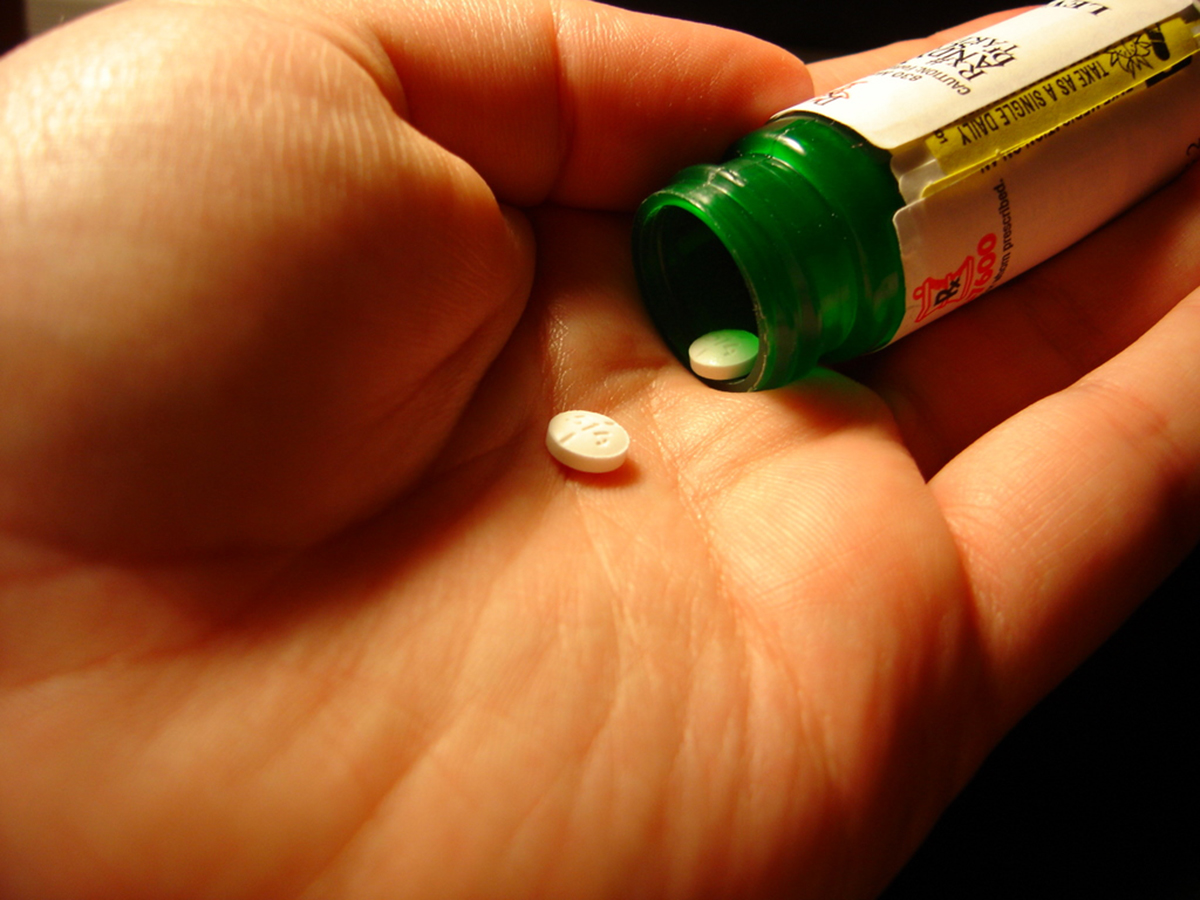Table of Contents
There are women who essentially tell their doctors "I don't care if estrogen can cause cancer! Just make my hot flashes stop!" It's not necessary, fortunately, to assume a high level of risk from hormone replacement therapy during the transition to menopause to stop its more troubling symptoms. Many doctors have begun to use a low-dose approach.

The Smallest Dose Necessary for the Shortest Time Possible
To minimize risks of hormone replacement therapy, doctors now offer hormone therapy to a select group of patients going through menopause.
- Candidates for hormone replacement therapy should have "moderate to severe" hot flashes.
- Candidates for hormone replacement therapy should have had their last period in the last ten years. Typically they will be 60 or younger.
- Hormone replacement therapy should be limited to the lowest possible dose that relieves symptoms. Doctors will start with the lowest possible dose.
- Women should be asked to wean off hormone replacement therapy every six months. In most cases, hormone replacement should be discontinued after 5 years or the age of 65, whichever comes first.
When estrogen replacement therapy is used for just one to three years, by women in their fifties, the risk of blood clots and breast cancer is almost unmeasurable. Women who already have a history of blood clots or estrogen receptor positive breast cancer, of course, usually cannot receive hormone replacement therapy.
What Doctors Will Expect Women to Do Before Getting Hormone Replacement Therapy
As part of prescribing the lowest possible dose of estrogen or estrogen plus progestin, there are certain things most doctors will ask their female patients to do to make that lowest possible dose effective.
- Doctors usually ask their patients to learn a breathing exercise called paced respiration. When hot flashes are coming on, take slow, deep, abdominal breaths in through the nose, and then exhale slowly through the mouth. The idea is to take 5 to 7 deep, slow breaths per minute. This slows down the pulse, and reduces circulation of blood to the skin, so it will take longer to warm up.
READ Hormone Replacement Therapy vs. the Natural Way
- Most doctors will ask patients who have hot flashes to invest in some products for cooling the skin during hot flashes. The most commonly recommended purchase is the Chillow, which is a water-filled pillow. It absorbs heat from the head into the water within. A Chillow can heat up during the night, but it usually provides several hours of relief. Most users find it reduces the need for pillow flipping to just two or three times a night. Sprays, foams, and cooling gels also work, but are messier and have to be bought over and over again. Putting a package of frozen peas in your pillow also cools the head, but breaking the package results in a major bedtime cleanup problem.
- Doctors appreciate patients who make an effort at diet. Losing just a few pounds can make a real difference in the severity of hot flashes, and make lower doses of medication more effective.
- Daley A, Stokes-Lampard H, Thomas A, MacArthur C. Exercise for vasomotor menopausal symptoms. Cochrane Database Syst Rev. 2014 Nov 28.11:CD006108. doi: 10.1002/14651858.CD006108.pub4. Review. PMID: 25431132.
- Photo courtesy of Braiu: www.flickr.com/photos/braiu_74/23260390571/
- Photo courtesy of trekkyandy: www.flickr.com/photos/trekkyandy/309494981/
- Photo courtesy of Braiu: www.flickr.com/photos/braiu_74/23260390571/


Your thoughts on this